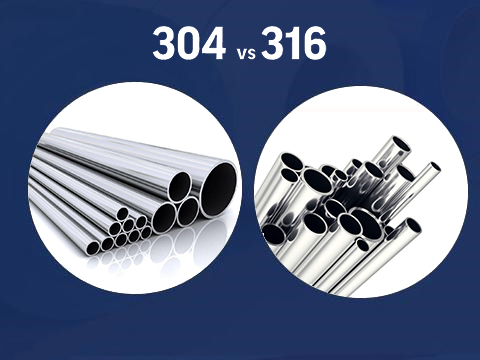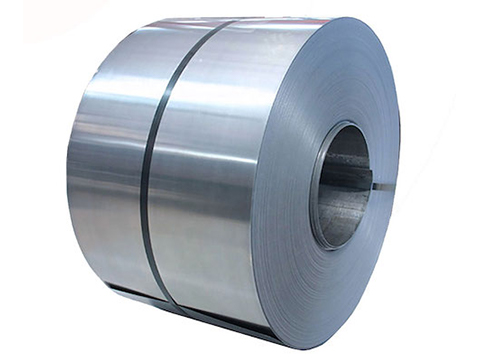304 vs 316 stainless steel Differences
This article explores the key differences between 304 vs 316 stainless steel to help engineers, purchasers, and consumers make an informed choice. Stainless steel is a cornerstone material of modern manufacturing, with 304 and 316 stainless steel dominating industrial applications. While both are austenitic stainless steels with similar properties, their differences in chemical composition, performance, and cost make them suitable for different uses. 1、Chemical Composition Differences The main difference lies in their alloying elements: 304 stainless steel: Contains 18% chromium and 8% nickel (18/8 grade) and no molybdenum. This composition provides strong corrosion resistance in mild environments. 316 stainless steel: Adds 2-3% molybdenum to enhance resistance to chloride-induced corrosion (such […]
304 vs 316 stainless steel Differences 続きを読む »

